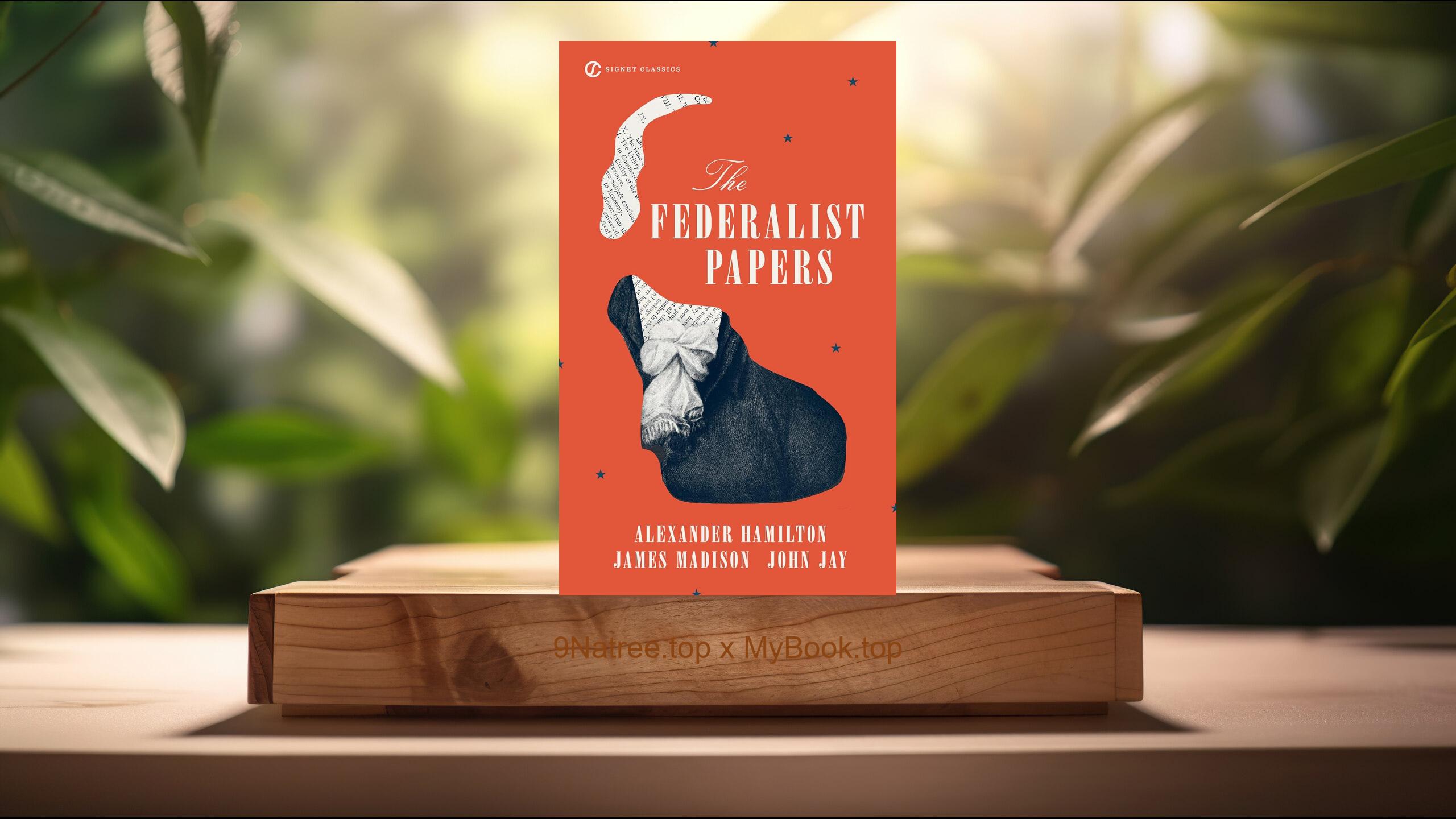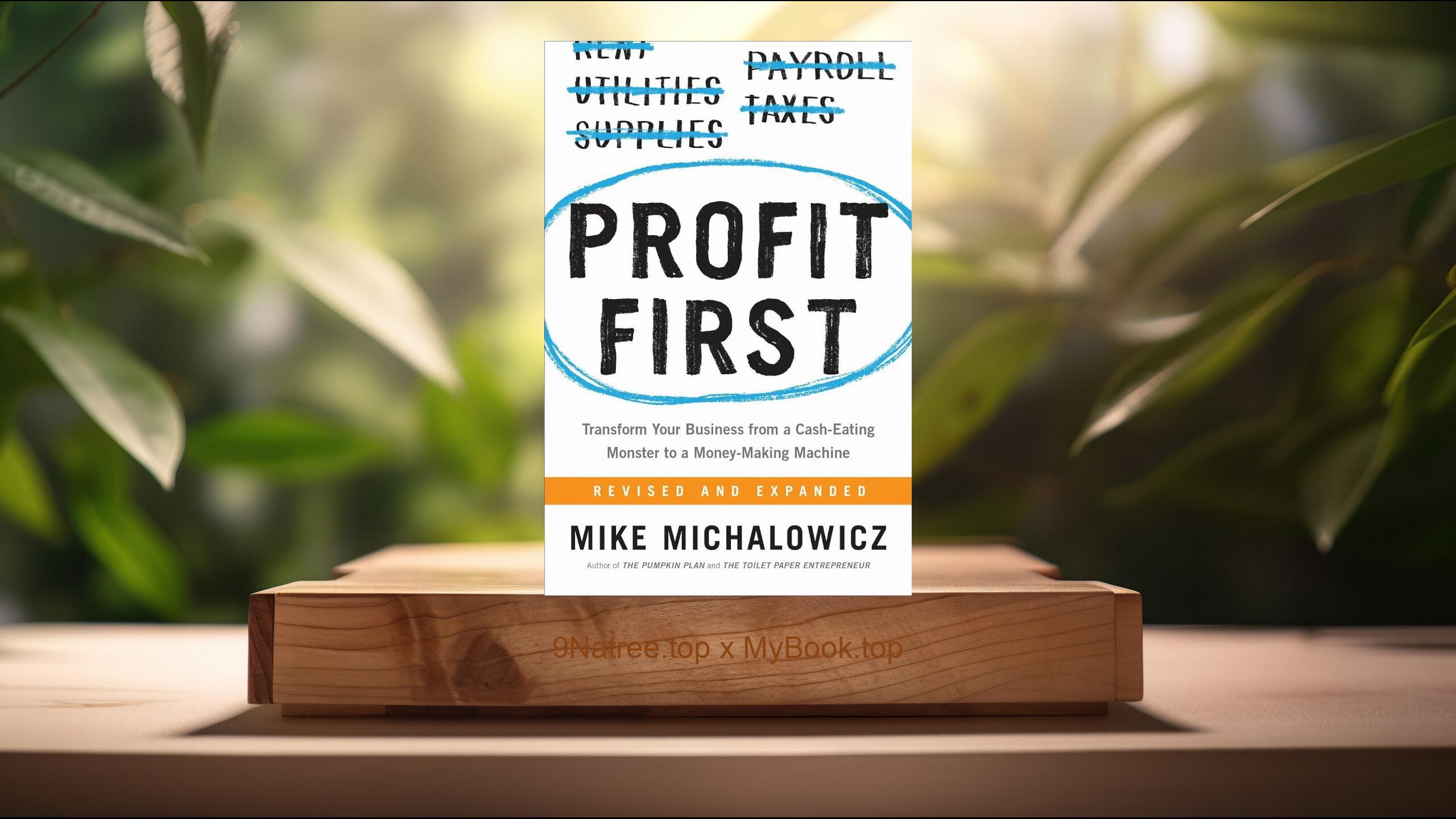Show Notes
- Amazon US Store: https://www.amazon.com/dp/B01GU9FZYA?tag=9natree-20
- Amazon Worldwide Store: https://global.buys.trade/White-Rage-The-Unspoken-Truth-of-Our-Racial-Divide-Carol-Anderson.html
- Apple Books: https://books.apple.com/us/audiobook/white-rage-the-unspoken-truth-of-our-racial/id1123140766?itsct=books_box_link&itscg=30200&ls=1&at=1001l3bAw&ct=9natree
- eBay: https://www.ebay.com/sch/i.html?_nkw=White+Rage+The+Unspoken+Truth+of+Our+Racial+Divide+Carol+Anderson+&mkcid=1&mkrid=711-53200-19255-0&siteid=0&campid=5339060787&customid=9natree&toolid=10001&mkevt=1
- Read more: https://mybook.top/read/B01GU9FZYA/
#racialinequality #civilrights #systemicracism #whitesupremacy #blackadvancement #massincarceration #Obamapresidency #educationinequality #WhiteRage
These are takeaways from this book.
Firstly, Reconstruction and the Birth of White Rage, The end of the Civil War and the subsequent period of Reconstruction marked a hopeful yet turbulent time for African Americans, who saw the promise of equality and citizenship rights. However, Carol Anderson points out how this period also saw the birth of 'white rage,' as white Southerners and their allies in the North systematically dismantled gains made by African Americans through violent intimidation, Jim Crow laws, and institutional barriers to voting and political representation. Anderson illustrates how these actions, driven by the fear of black advancement, laid the groundwork for over a century of racial inequality. Through legislative acts and court decisions, white America demonstrated a concerted effort to ensure that emancipation and Reconstruction would not translate into true racial equality, framing much of America’s subsequent history of racial strife.
Secondly, The Civil Rights Movement and White Backlash, Carol Anderson vividly details how the Civil Rights Movement, while marking significant achievements against segregation and discrimination, also ignited severe white backlash. This backlash, a manifestation of white rage, was not limited to violent mobs or overt racists; it also permeated through decisions made by politicians, judges, and policymakers. Anderson highlights how this resistance took shape in strategies aimed at undermining civil rights advancements, such as redlining, voter suppression laws, and opposition to affirmative action. These efforts were cloaked in the language of maintaining social order and state’s rights but were fundamentally rooted in preserving white supremacy. Anderson's analysis reveals the ways in which white rage operates under the guise of legality and patriotism, thwarting Black Americans' struggle for equal rights and representation.
Thirdly, Mass Incarceration and The War on Drugs, One of the most damning manifestations of white rage that Carol Anderson explores is the mass incarceration phenomenon and the War on Drugs. Framed as a battle against crime and drug abuse, these policies disproportionately targeted African American communities, leading to a dramatic increase in imprisonment rates for black men. Anderson connects these policies directly to the desire to maintain racial hierarchies, demonstrating how the criminal justice system has been weaponized against black people. By dissecting the socio-political context and the economic impacts of mass incarceration, Anderson sheds light on how these policies serve as modern forms of racial control, echoing the disenfranchisement strategies of the past. Through this, she makes a compelling case for seeing the War on Drugs not just as a policy failure but as a calculated component of white America’s ongoing resistance to black progress.
Fourthly, The Obama Presidency and the Resurgence of White Rage, The election of Barack Obama as the first African American president of the United States represented a historical breakthrough and sparked hope for progress in racial relations. However, Carol Anderson illustrates how Obama's presidency also unleashed a powerful resurgence of white rage. This backlash revealed itself through relentless questioning of Obama’s legitimacy, the birther movement, unprecedented obstructionism by Congress, and a spike in hate groups and racist propaganda. Anderson argues that these reactions were not simply about political disagreement but were deeply rooted in racial resentment and fear of lost supremacy. The Obama era, as analyzed by Anderson, serves as a clear example of how accomplishments by African Americans often lead to systematic efforts by white individuals and institutions to reinforce racial boundaries and hierarchies.
Lastly, The Role of Education and Inequality, Carol Anderson delves into the role of education in perpetuating racial inequality, highlighting how disparities in school funding, curricular contents, and school disciplinary practices contribute to the systemic disenfranchisement of black students. Through policies that favor affluent, predominantly white school districts over poorer, predominantly black ones, Anderson shows how the education system mirrors and reinforces wider societal inequalities. Furthermore, the 'school-to-prison pipeline' is scrutinized as a mechanism of white rage, illustrating how disciplinary practices disproportionately push black students out of the educational system and into the criminal justice system. Anderson’s analysis extends to the collegiate level, critiquing affirmative action rollbacks and other measures as part of a broader strategy to limit black Americans' access to higher education and the socioeconomic mobility it affords. This examination of education underlines the multifaceted nature of white rage and its deep-seated impact on black Americans' pursuit of opportunity and equality.
![[Review] White Rage: The Unspoken Truth of Our Racial Divide (Carol Anderson) Summarized](https://episodes.castos.com/660078c6833215-59505987/images/1897762/c1a-085k3-34gq4jxvskmm-zbwuv7.jpg)




